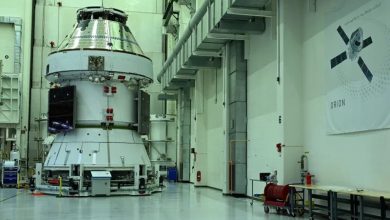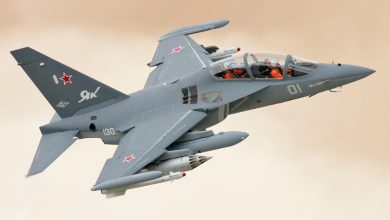
Skyward Innovations: Elevating Aerial Recovery Techniques for SUAS and ALE
General Atomics Aeronautical Systems, Inc. (GA-ASI) has recently enhanced its Aerial Recovery System for Small Unmanned Aircraft Systems/Air-Launched Effects (SUAS/ALE) by extending and retracting a towline equipped with a “smart end feature” from a GA-ASI MQ-20 Avenger® Unmanned Aircraft System mid-flight. This impressive demonstration occurred on Sept. 20, 2023, above Dugway Proving Ground, Utah.
During this demonstration, a lift mechanism from Breeze-Eastern, embedded with GA-ASI’s smart end feature, was integrated into the Avenger’s payload compartment. While airborne, the towline was deployed away from Avenger to an optimal distance for aerial recovery operations. The smart end feature successfully wirelessly relayed its position back to the Avenger, confirming its capability to transmit data to a nearby SUAS/ALE for successful aerial recovery. The smart end feature’s “deployed” orientation aligned with GA-ASI’s complex multi-degree-of-freedom finite element catenary models, affirming its potential for SUAS/ALE aerial recovery.
“Integrating air-launched UAS from Group 5 unmanned systems is feasible, partly due to advancements in relative navigation technology, intricate towline assessments, and multi-aircraft control being perfected by GA-ASI,” stated Mike Atwood, Vice President of Advanced Programs at GA-ASI. “We are thrilled to witness this technology facilitate long-range kill chains from today’s manned and unmanned systems, supporting operations in highly contested environments.”
Beyond merely returning to base, the SUAS/ALE can undergo refueling, recharging, and/or rearming before redeployment. This redeployment can initiate from the host aircraft, allowing SUAS/ALEs to perform their own orbits from airborne launch and recovery positions. Aerial redeployment empowers UAS systems like GA-ASI’s Avenger or MQ-9A Reaper to function as mobile command hubs for a network of SUAS/ALEs across a vast grid for surveillance, electronic warfare, enemy air defense suppression, communication links, or joint all-domain mobile command and control for prolonged periods.
Breeze-Eastern’s commercially available helicopter rescue hoists, designed to meet or surpass system specifications, boast a high Technology Readiness Level (TRL) and deliver a low-risk solution to ensure effective SUAS/ALE aerial recovery. Throughout the hoist integration and flight evaluation, Breeze-Eastern provided both technical and logistical assistance.
Ian Azeredo, Breeze-Eastern’s Chief Engineer, remarked, “With this pivotal demonstration, GA-ASI has once again impressed the aerospace sector. The professionalism and surgical precision displayed during the integration phase by the Aerial Recovery team virtually guarantee future program success.”
The innovative aerial recovery concept employs a towline and smart end feature, which acts as both a beacon and mechanical interface for aerial recovery. The SUAS/ALE determines its accurate position in relation to the smart end feature for navigation into the towline’s intercept before executing a maneuver to capture the end feature. Once secure on the towline, the SUAS/ALE retracts its wings and halts its engine to transition into a passively stable towed configuration. A hoisted pod aboard the capital vessel reels in the SUAS/ALE to a captively carriage state where both platforms return to the base together.






